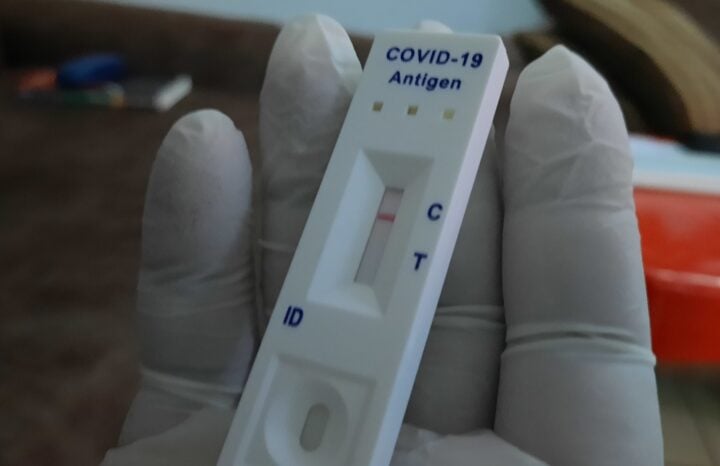Oxford scientists are testing a new vaccine that could protect people from the deadly Nipah virus.
Nipah virus is a bat-borne, zoonotic virus that infects humans and other animals.
First identified in 1999, there are currently no treatments or vaccines available to help when outbreaks occur.
Outbreaks of the Nipah virus have mostly been found in South Asia, and the virus can cause acute respiratory infection and fatal swelling of the brain.
Advertisement
It can be fatal in up to 75 percent of cases.
Over the last week, the vaccine, ChAdOx1 NipahB, has been given to people at the University of Oxford as part of the first human trial of the new vaccine.
Around 51 people aged 18 to 55 will participate in the trial, and the project will run for 18 months, with further trials expected to follow in a Nipah-affected country.
Advertisement
If clinical trials are successful, it would be the first ever vaccine for the disease.
The trials are being led by the Oxford Vaccine Group and are being funded by the Coalition for Epidemic Preparedness Innovations (CEPI).
The vaccine was developed using the same vaccine technology found in the University of Oxford and AstraZeneca’s COVID-19 vaccine.
Dame Sarah, principal investigator at the University of Oxford’s Pandemic Sciences Institute, said the University of Oxford’s work on the Nipah virus vaccine started in 2017, but was paused during the Covid-19 pandemic.
Advertisement
“Our work developing the Covid-19 vaccine will now help us prepare this Nipah vaccine for licensure, ensuring we’re ready to prevent future outbreaks of this devastating disease from spreading,” she said.
In-Kyu Yoon, acting executive director of vaccine research and development at CEPI, said Nipah has epidemic potential, with its fruit bat hosts found in areas home to over two billion people.
“This trial is a step forward in efforts to build a suite of tools to protect against this killer virus,” he said.
“Knowledge gained could also inform development of other Paramyxovirus countermeasures.”
Advertisement
Add a comment






